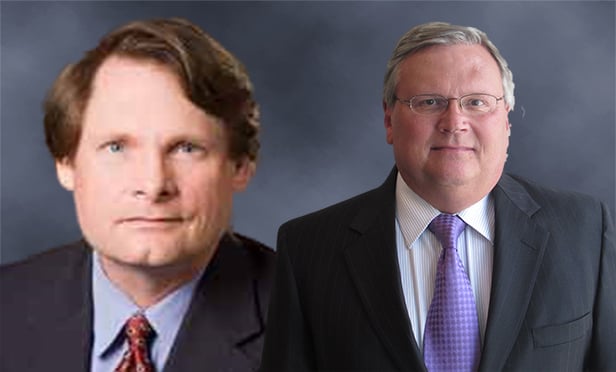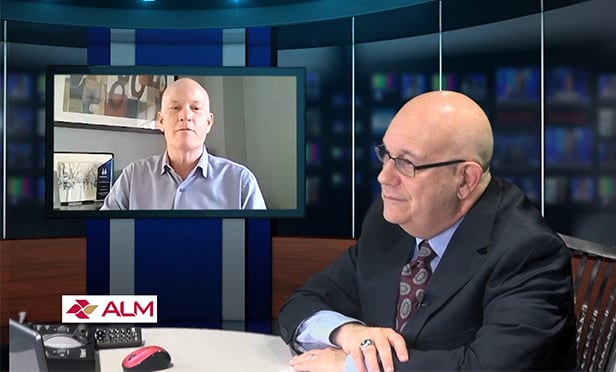RealShare Green Buildings 2008 Slide Show
 Registration for RealShare Green Buildings 2008
Registration for RealShare Green Buildings 2008
1 / 5
| 1 | 2 | 3 | 4 | 5 |
Part of the immediate problem is there is not enough data available to make the case to lenders and investors that green buildings will perform better, said Drew Flood, with Cassidy Pinkard and Colliers. "There have not been enough LEED certified buildings occupied for a long enough period of time that can be used to measure performance."
To be sure, there is an intuitive case for green ROI – energy efficient buildings perform better, have lower vacancies, less velocity and attract top rental dollars as they also tend to be class A or trophy structures. But where it counts for many developers--in financing, in cap rates--green building does not have a measurable impact. Right now, said Steve Gossett Jr., vice president of development for Transcend Equity, "there is no direct correlation between financing and green development." The debate is still active in the finance community over whether a green building is lower risk and thus deserving of a lower cap rate, said Nicholas Stolatis, director of Strategic Initiatives for TIAA-CREF Global Real Estate.
More data will be the key, Gossett continued. As the data about green building performance continues to be gathered and correlated, it is expected that lenders will acknowledge the difference between a green building and one that is destined to become functionally obsolete in their rates and terms.
That however, won't happen for at three to five years, an informal show of hands at one panel suggested. Until then, developing and retrofitting buildings to green standards will be endeavors based partly on faith and partly on the best information available at the time. The US Green Building Council issues updates and new standards regularly--a fact bemoaned by developers. "We are in the process of adapting to LEED EB, which just came out 60 days ago and now we have to think about LEED 2009," said Brenna Walraven, executive managing director, national property management, USAA Real Estate Co., and the current CEO of BOMA. USAA is a pilot participant in USGBC's portfolio program, so the company is better versed that most about the standards cycle. However, Walraven said, a lot of companies go into panic when new standards come out.
The most consistent advice panelists had was for developers, building owners and managers to focus on incremental improvement that can both add to points on the LEED scale and deliver ROI. Panelists discussed the pros and cons of turning a building's systems off on a Saturday, as one example. Most tenants, when presented with the option are enthusiastic about the savings, Walraven says.
Constant monitoring of the building's system is also key, Shelby Christensen, senior vice president of property management at Liberty Property Trust, said.
Go for the low hanging fruit--turn the building off on Saturdays, have the building cleaned during the day so you can turn it off at night, Victoria Kahn, managing director of ING Clarion Partners, advised. "The point is you have to keep rolling with the punches--you have to be continually monitoring, learning about the new standards and requirements," she said.
Want to continue reading?
Become a Free ALM Digital Reader.
Once you are an ALM Digital Member, you’ll receive:
- Breaking commercial real estate news and analysis, on-site and via our newsletters and custom alerts
- Educational webcasts, white papers, and ebooks from industry thought leaders
- Critical coverage of the property casualty insurance and financial advisory markets on our other ALM sites, PropertyCasualty360 and ThinkAdvisor
Already have an account? Sign In Now
*May exclude premium content© 2024 ALM Global, LLC, All Rights Reserved. Request academic re-use from www.copyright.com. All other uses, submit a request to [email protected]. For more information visit Asset & Logo Licensing.








